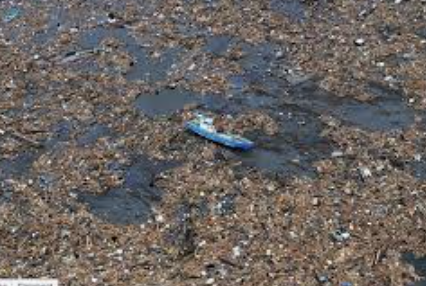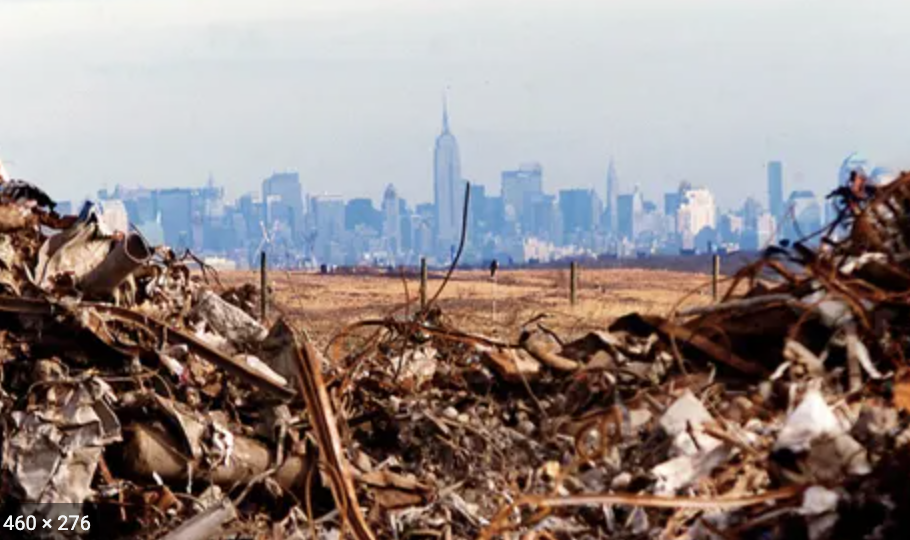Twelve thousand tons a day.
When I put our trash out for pickup on Sunday nights, I figure there might be 40 or 50 pounds in the trash bags to be picked up on Monday mornings.
I live in a community of about a thousand homes, so if my trash is average, that means the entire community generates 20-25 tons a week of trash.
Compare that to New York City’s 12,000 tons a day, which translates to 84,000 tons a week.
Appalling, huh?
It gets worse.
Trash disposal has become such a horrific problem, especially for the massive coastal cities, that massive amounts are transported out into the oceans and dumped.
The problem is, it isn’t all biodegradable and it doesn’t all sink. In the Pacific Ocean, the worst example is what’s known informally as the Great Pacific Garbage Patch. Contrary to popular belief, it’s not visible from outer space, although square footage wise, it’s about the size of Texas.

Ironically, a huge portion of the Pacific Patch consists of discarded fishing nets and other equipment. An estimated 100,000 marine animals, among them whales, seals and turtles, are suffocated, strangled or otherwise injured by the debris.
I never saw the movie “WALL-E,” but I recall it was about the planet being overwhelmed by garbage. That’s becoming less far-fetched every year.
Too many people, too many disposable things.
Few things make me feel older than realizing that when I was a kid, we still had glass milk bottles and soft drink bottles, reusable diapers and all sorts of other things that got cleaned rather than thrown away.
Then I look at my own 40 to 50 pounds of trash and see aluminum cans of Diet Dr. Pepper and plastic milk cartons.
Something is going to have to change.

